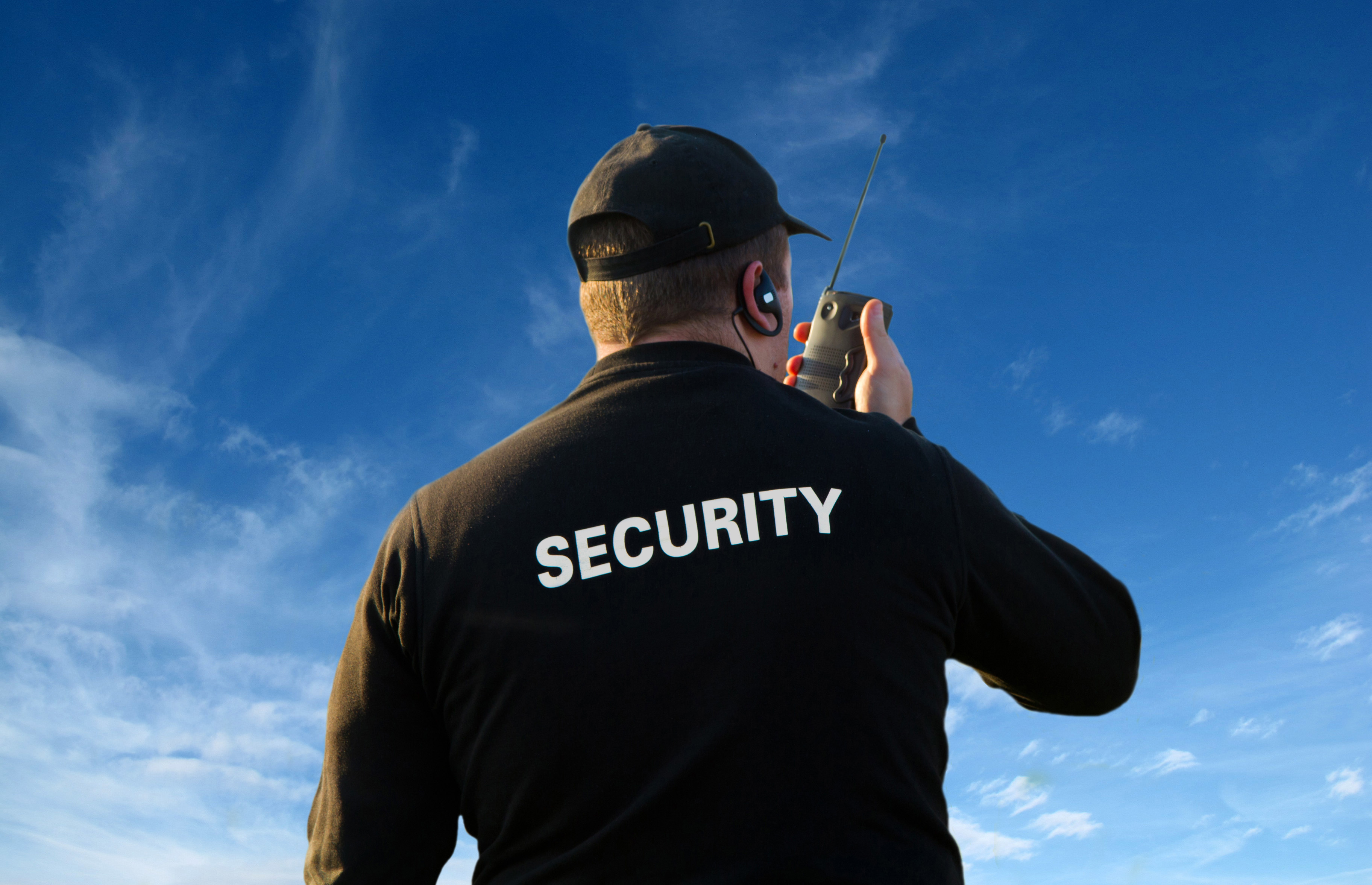There are definite risks for people who are working alone, particularly if they’re in public facing roles and especially when home visiting is required. There can be concerns about the lone worker being vulnerable to crime when out and about or that they may face aggression from the people they are dealing with.
“Social Worker Attacked with Knife” | “Civil Enforcement Officers Suffer Verbal Abuse” | “Planning Officer Assaulted” | Home Carer Punched by Patient’s Relative.”
These are some recent headlines regarding lone workers and whilst they may appear dramatic and sensational, for many lone workers verbal abuse and the threat of physical violence at work is a very real issue.
Conflict can occur if you’re delivering unwelcome news or upholding legal requirements, but sometimes the greater risks come from being alone rather than the inherent risks from service users or clients.
The good news is that individuals and organisations can improve their safety and confidence by having the correct training in place, following procedures and by working as a team.
Let’s take a look at some simple steps that lone workers and their back up teams can take to minimise their risk. These are some simple considerations for lone workers in the community.
Preparation
It’s really important that you prepare well for your visit and check for any warning signs. Consider calling ahead to manage expectations, assess mood and gather helpful information. It may also help if you establish who is likely to be present at your meeting. Be ready to change the meeting and venue or to involve colleagues if you need to.
Make sure you follow your company’s lone worker communication procedures so that your colleagues can locate and check on you. You need to be able to raise the alarm and contact help quickly in an emergency.
Think about your journey before you leave and consider if there is anything you can do to minimise your exposure to risks such as crime
On arrival
Park safely and position your vehicle so that you could make a quick exit if necessary. Have an excuse ready to use to avoid uncomfortable scenarios. Continually assess people and the environment as you make your approach and at the door of the property you are visiting. Do not enter if you have any concerns at all.
You should always be polite and respectful, but be prepared to be firm when necessary. If you need to deliver unwelcome news then think very carefully how, where and when this would be best received.
Once inside the property, position yourself so that you’re in the best place to see the entire space and so that you have clear exit path.
Remember: Be prepared, rehearse procedures and trust your instincts!
Join the thousands of lone workers who are using these simple steps to keep themselves safe on a daily basis.
If you’re an employer who wants help keeping their lone workers safe, then please do contact us.
